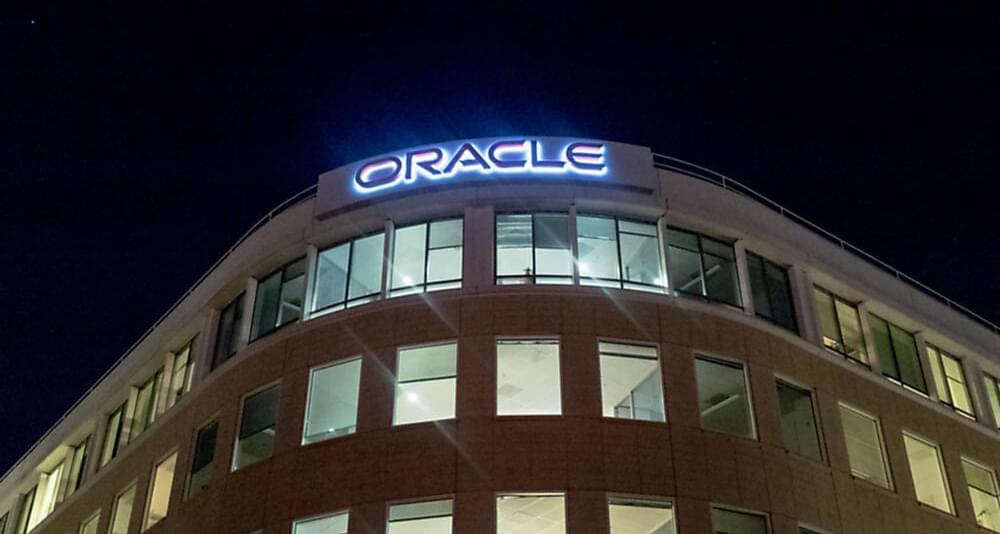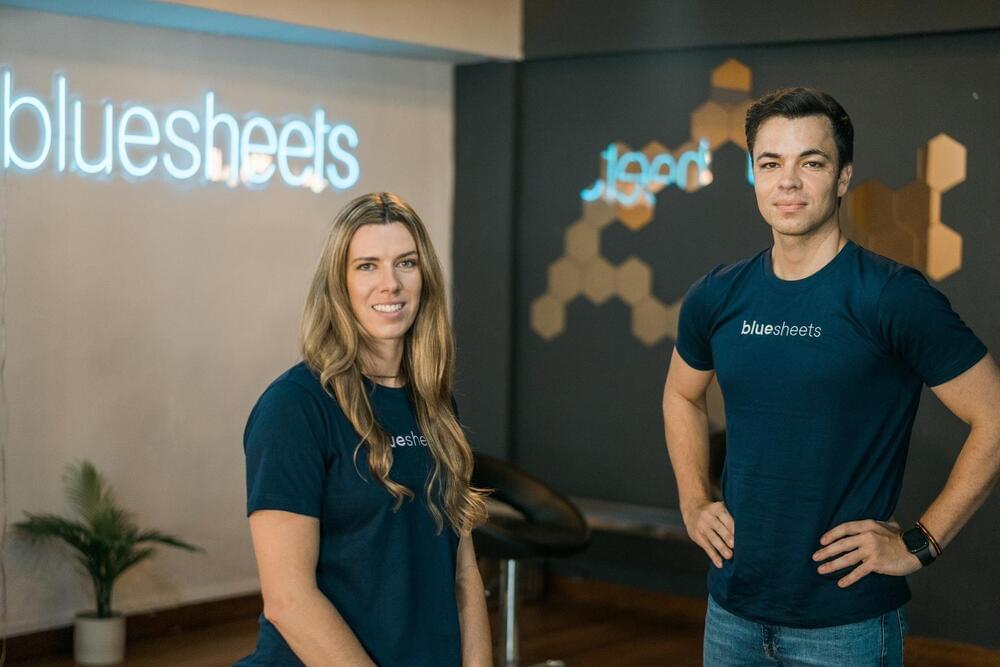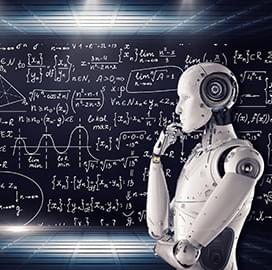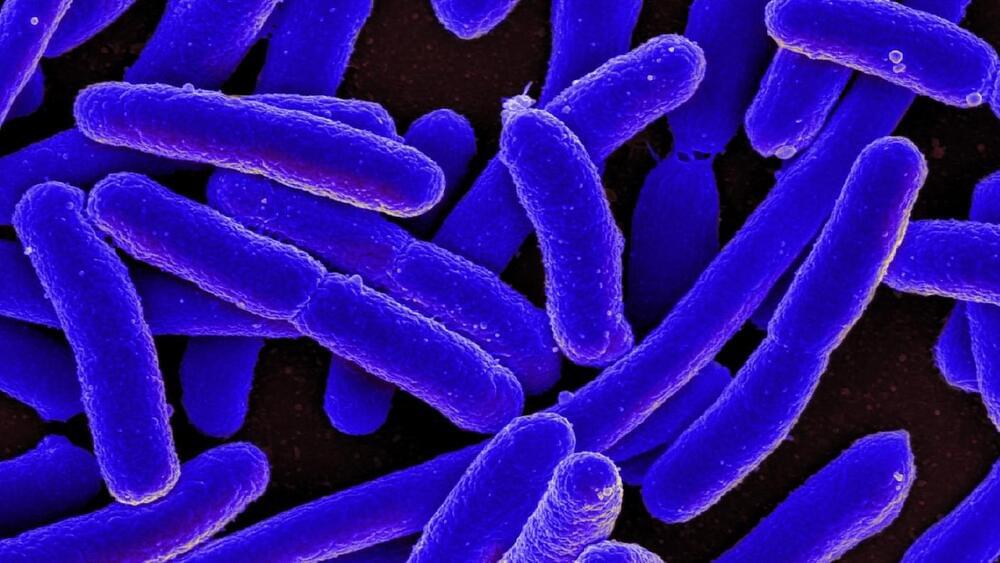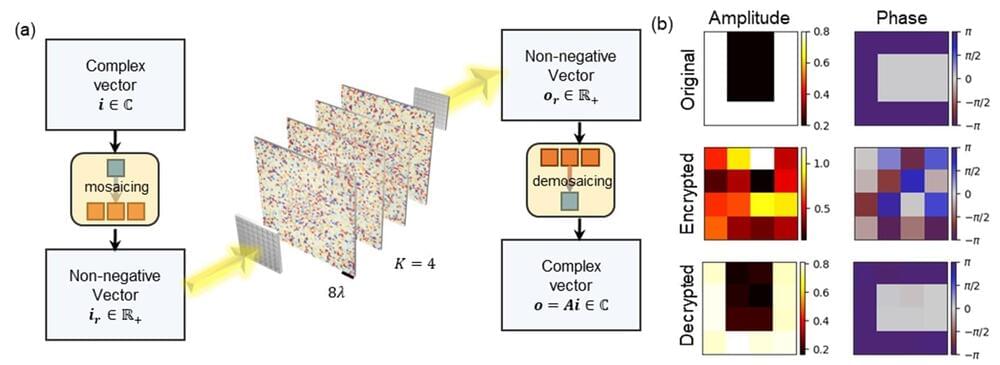Oracle announced the general availability of its OCI Generative AI Service, along with several substantial enhancements to its data science and cloud offerings. Let’s take a look at what Oracle announced.
The OCI Generative AI service is a managed platform designed to incorporate large language models into various enterprise use cases. The new service supports models like Meta’s Llama 2 and Cohere’s Command 52/6B models, offering a multilingual embedding capability for more than 100 languages.
Enhancements such as LangChain integration, endpoint management, and content moderation make it easier to work with LLMs. The service also includes improved GPU cluster management with multi-endpoint support and endpoint analytics features.
